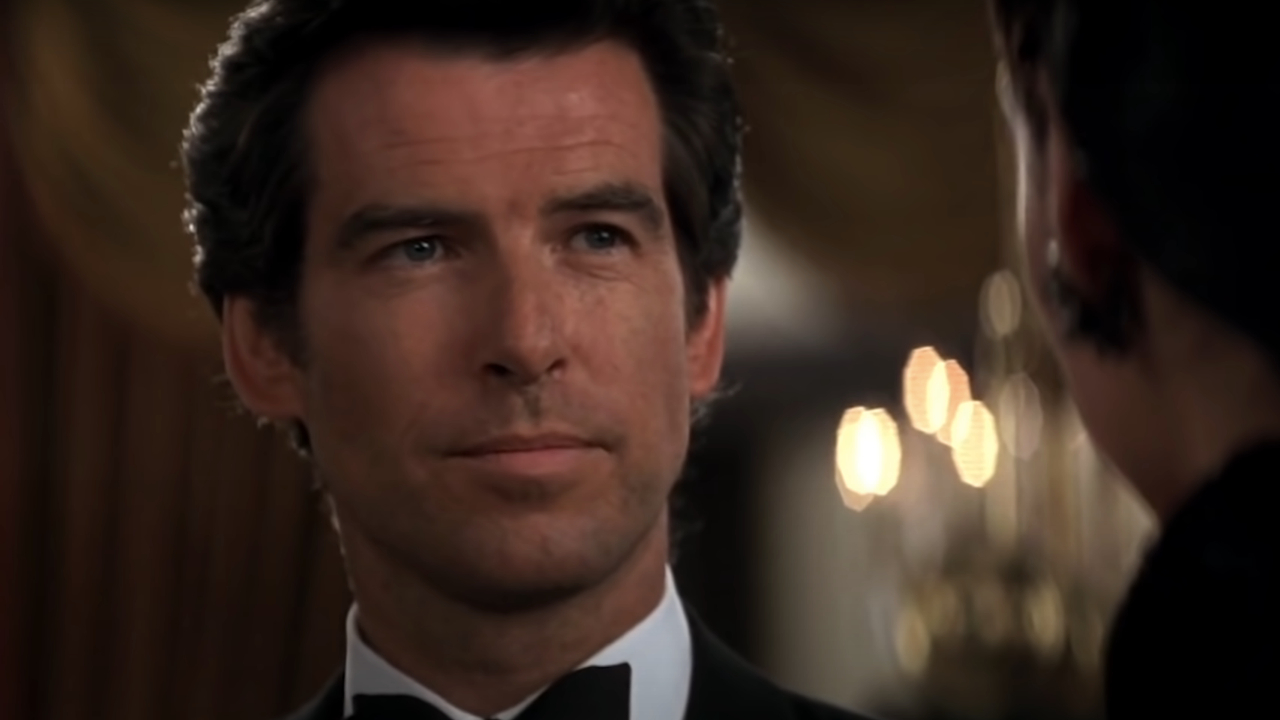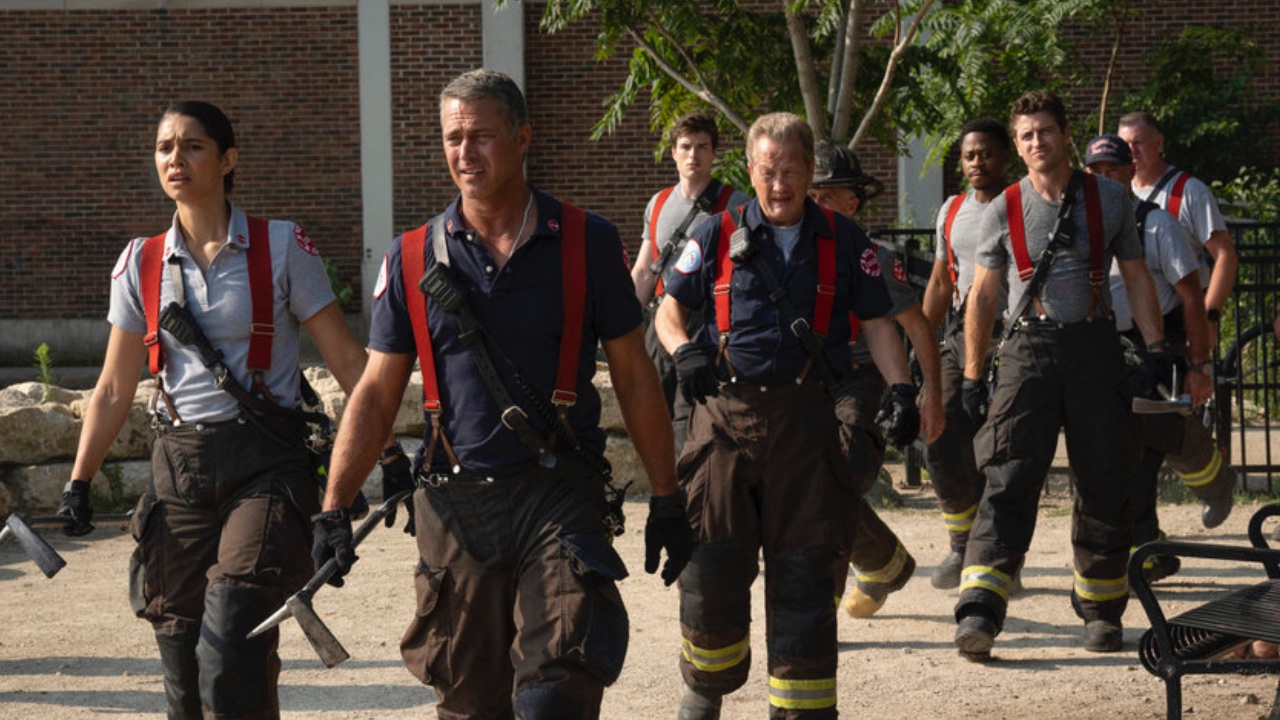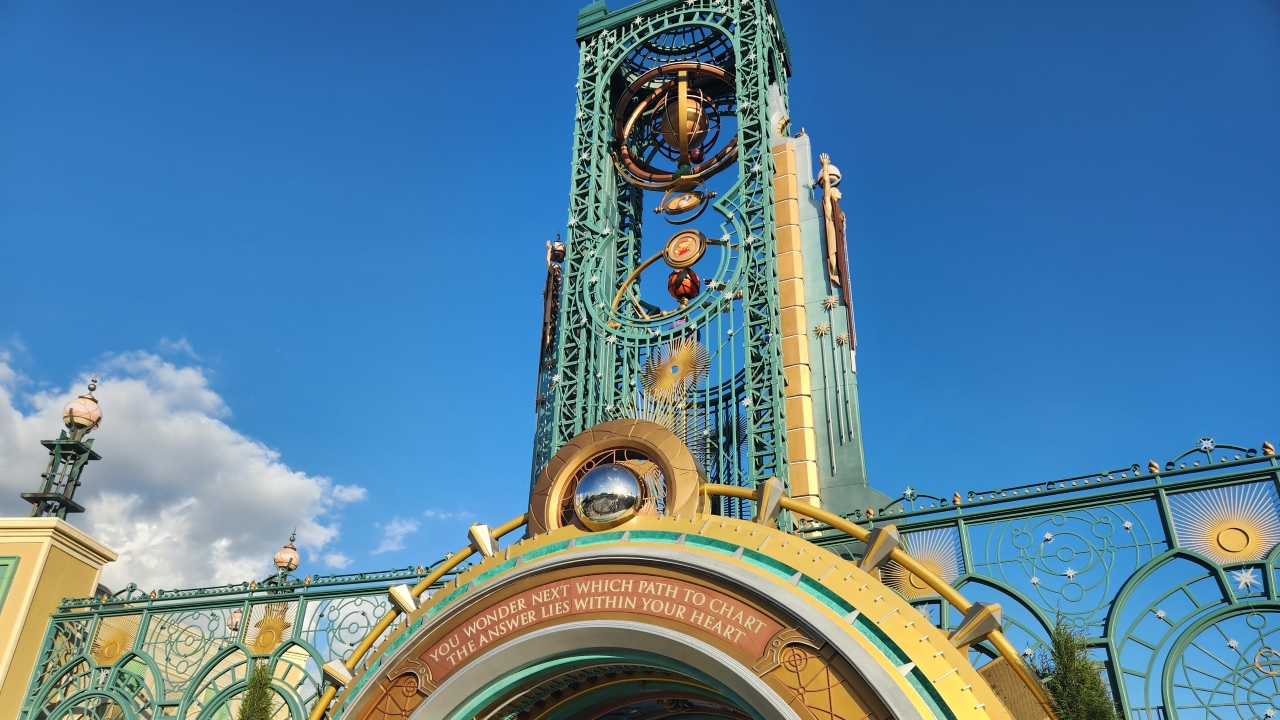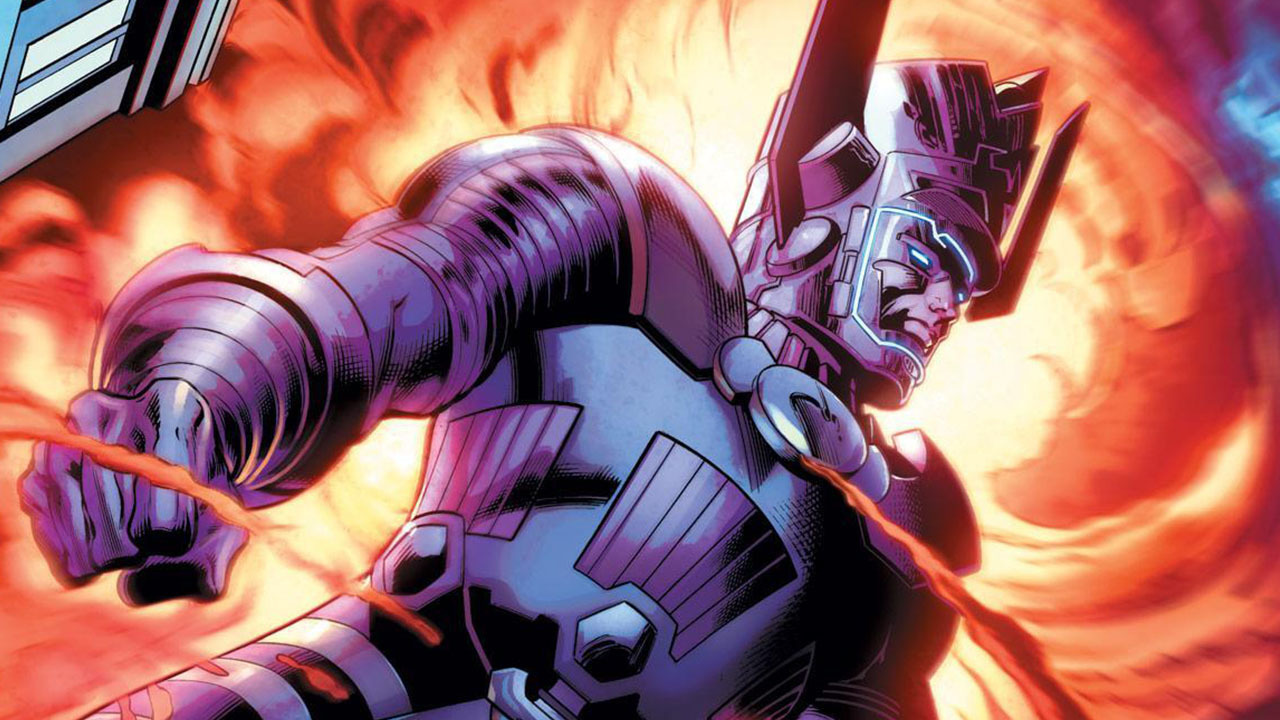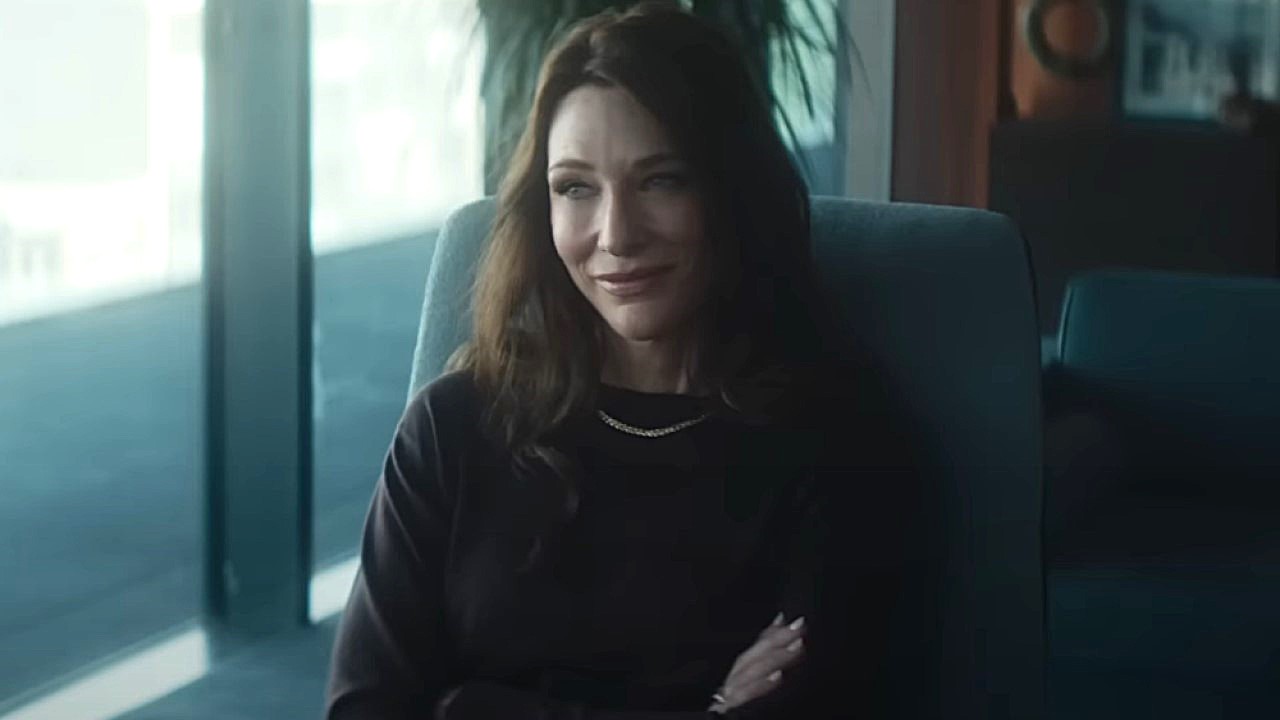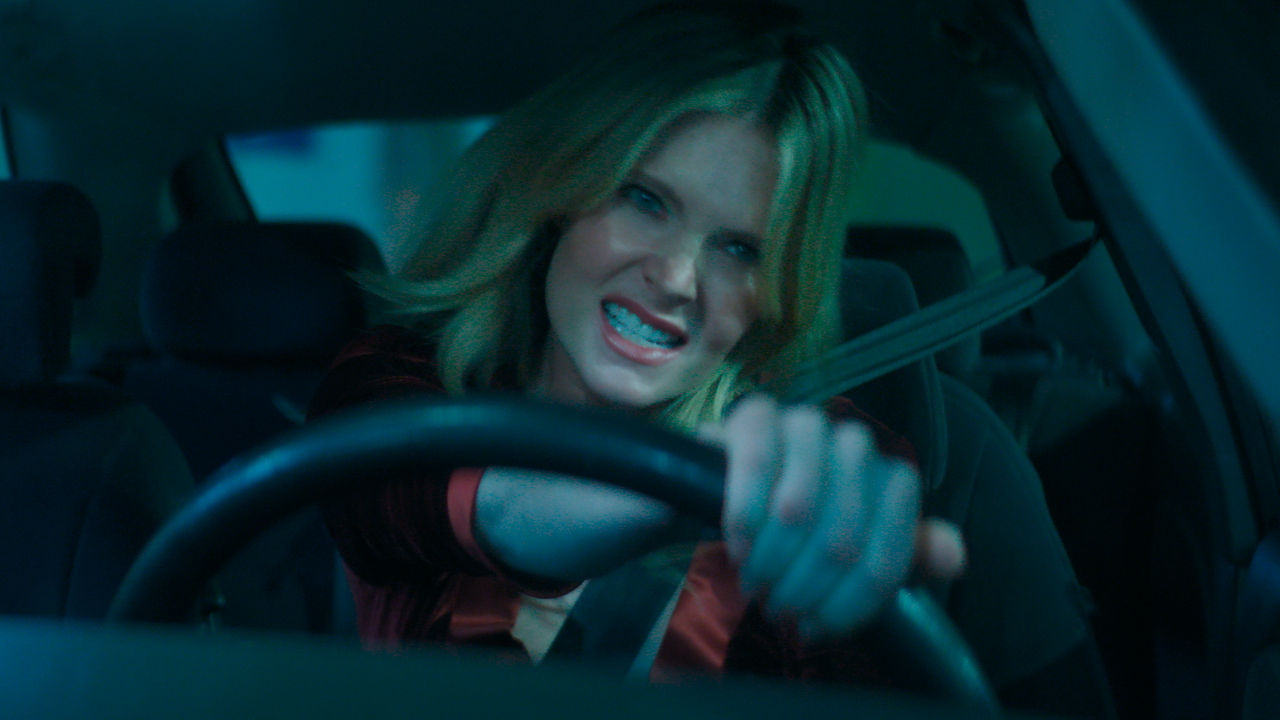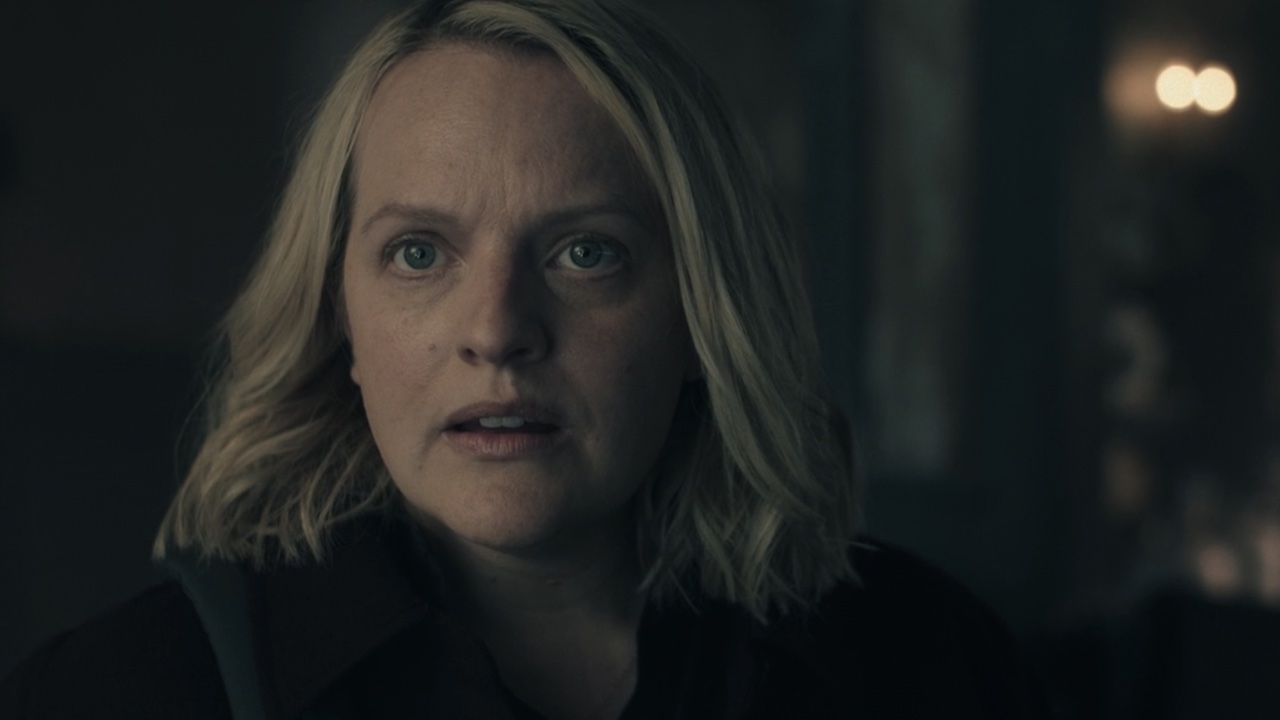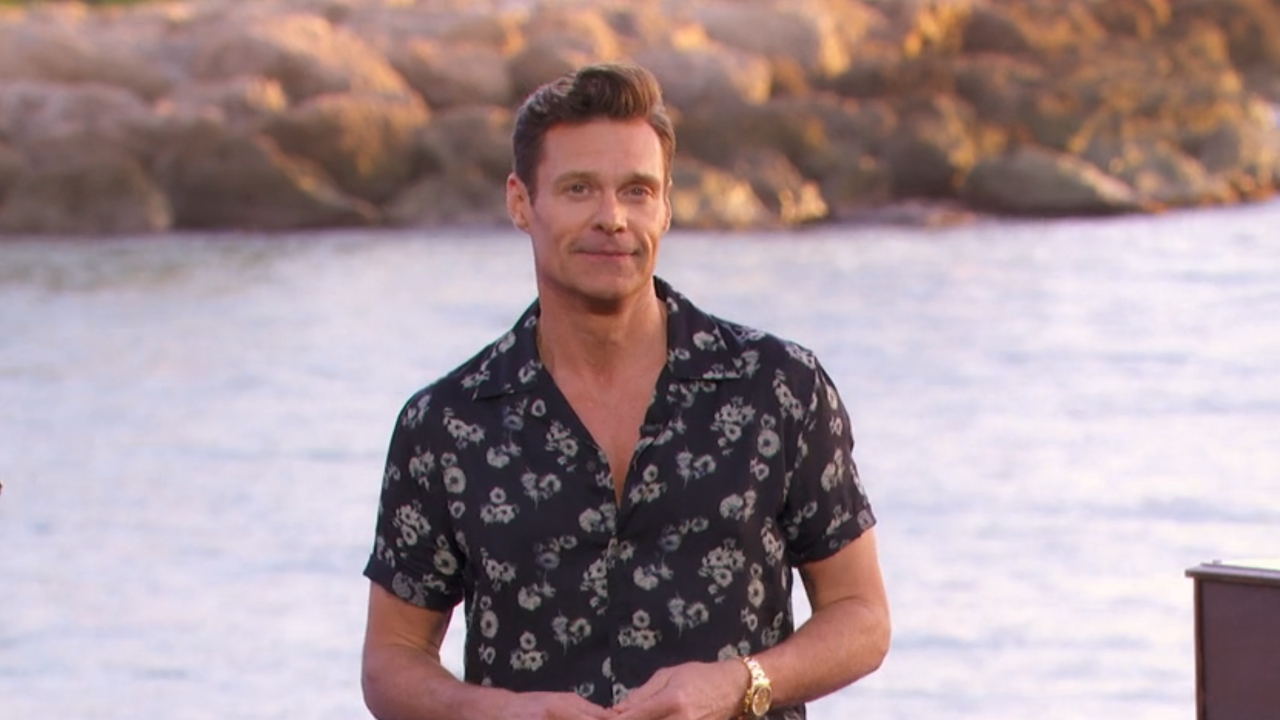Netflix's Archive 81 Showrunner On Making Found-Footage More Immersive With New Horror Series
It's much easier to binge-watch than actual home videos.
Mild spoilers below for anyone who hasn’t yet watched Netflix’s new series Archive 81, so be warned!
In recent years, the formerly dominant found-footage sub-genre has been largely absent in horror, save for the occasional Paranormal Activity sequel. As a result, Netflix’s latest original horror series, the podcast adaptation Archive 81, feels all the more refreshing for the ways in which it meshes its various visual formats to create a wholly unnerving and spine-tingling experience. Rather than only giving viewers a single vantage point for this dual-timeline tale, showrunner Rebecca Sonnenshine —seen speaking with CinemaBlend in the video above — broke the mold (no pun intended) and delivered arguably the most immersive found-footage project yet, as well as one of Netflix’s most mind-bending series.
Archive 81 stars Mamoudou Athie as Dan Turner, a film archivist who gets tasked with restoring a set of videos that were partially destroyed in 1994. In a manner of speaking, the work introduces him to Dina Shihabi’s Melody, whose diligent attempts to document the history of a New York City apartment building uncover a host of weirdness that inevitably puts her in danger. The horror series is as much a mystery as anything, as Dan’s discoveries lead him to believe he may be able to save Melody from danger, despite the 25-year difference in the timeline.
Though Dan can only witness Melody’s story specifically through what she and others recorded on the tapes he is restoring, viewers are far more lucky. Rebecca Sonnenshine & Co. laid out the ‘90s-set storyline through both various found-footage approaches and through a traditional omniscient perspective, which definitely helps to keep viewers transfixed. When CinemaBlend spoke with the showrunner about bringing found-footage back to the forefront of horror in such an immersive way, here’s how she responded:
Yeah, that's an interesting way of putting it, as sort of a more immersive experience. I think that found-footage sort of started off as something that felt documentary-like or real, even though we know it's not. But it was kind of new at the time, a new way of telling a story. I always loved it, because I'm so sort of obsessed with cameras and media. I've always had some - from the time I was like 5 - I had a camera, like a still camera. I had a Brownie camera, you know, that you look in. I've just been capturing media since I could hold a camera, you know? So for me, I often think of things how they're captured through a lens or a frame. I mean, obviously, the podcast is about audio found-footage. But you know, when you branch into a visual medium, then you're gonna want to do it as the visual medium. So it was very exciting.
For Rebecca Sonnenshine, who has worked as a writer/producer on The Boys and The Vampire Diaries, how the story of Archive 81 was presented to viewers was just as important an element as the narrative itself, with a lifetime of camera-centric interests fueling the various format styles. (Part of the fun of Archive 81 is hoping for new footage to show up.) The showrunner also mentioned how unsettling it is to watch videos from decades ago, especially when it involves a younger version of oneself, and that feeling certainly comes across through Dan’s voyeuristic attachment to Melody’s existence.
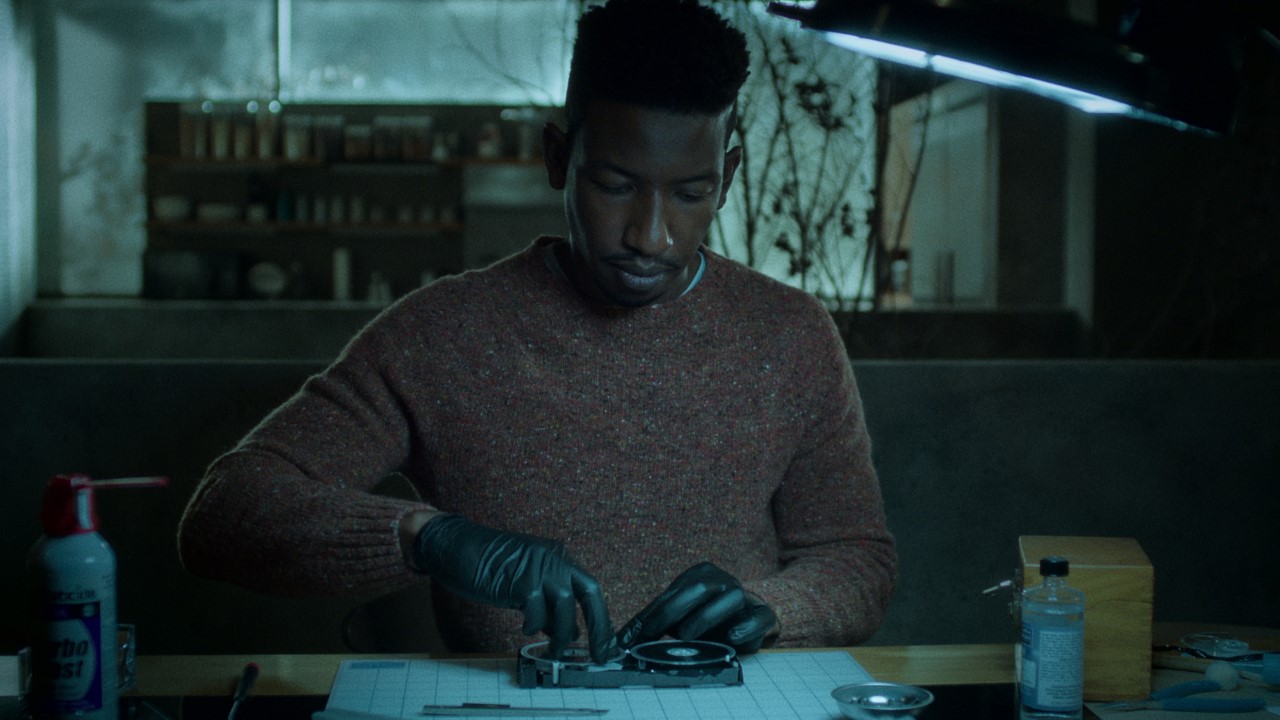
Combined with her extended fascination with, and knowledge of, the medium of cameras in general, Sonnenshine also wanted to give Archive 81 something of a visual tapestry through the various recording devices used, making it all the more distinct even beyond the found-footage sub-genre. Here, the showrunner speaks to the aim of not looking like other TV shows:
Every format has a different kind of visual quality and texture to it. So, like, Hi8 millimeter has this quality to it, VHS has a different quality to it, and MiniDV has a different quality to it. I mean, I have all of these things. And I thought, we're so much more media-literate as a society now. We've seen it all, so we know what these things look like; or maybe we've forgotten. But to use that as texture to tell a story is something very interesting, because I think a lot of stuff looks very much alike now that is produced. Like, a lot of TV looks the same, and this kinda gave us the opportunity to make it be a little bit more cinematic in the sense that it doesn't have to look like everything else. In fact, we're going to try to make it look, like, ugly in a way. The colorist obviously had a huge role in making this weird variety of textures. And I think it's just different; it looks different, and that's fun.
As mentioned above, Rebecca Sonnenshine and the rest of the creative team brought Archive 81 to life as an adaptation of the celebrated podcast of the same name, which was logically much more concerned with centering the story around audio elements. As seen above, I started the interview off by asking her to compare adapting this kind of source material with bringing The Boys comics to life, and she answered with:
CINEMABLEND NEWSLETTER
Your Daily Blend of Entertainment News
Well, honestly, all adaptation is kind of an interesting, kind of a similar way of going about it, which is you look for the throughline. Obviously, 'The Boys' had many, many volumes of comics, but you kind of find the throughline. And then, you know, you structure your season. Over the course of eight episodes, you kind of find that throughline and structure the course of your episode over it. Obviously, we kind of diverge from the podcast in many ways, but really, when you're adapting something, you're looking to capture the spirit of that original piece of material, right? Like the feeling that you get when you watch it, or you listen to it, that's kind of what you're aiming for. It's not always completely literal. It's really almost an instinctual feeling.
I have a feeling that many Netflix customers' instinct will be to squirm in their seats the entire time Archive 81 is on the screen. Or on the screen inside the screen...inside the screen. It's Hi8 footage of turtles all the way down.
All eight episodes of Archive 81 are currently available to stream on Netflix, and assuming you don’t get sucked into the story permanently, you can check out our 2022 TV premiere schedule to see all the other new and returning shows popping up in the coming months.
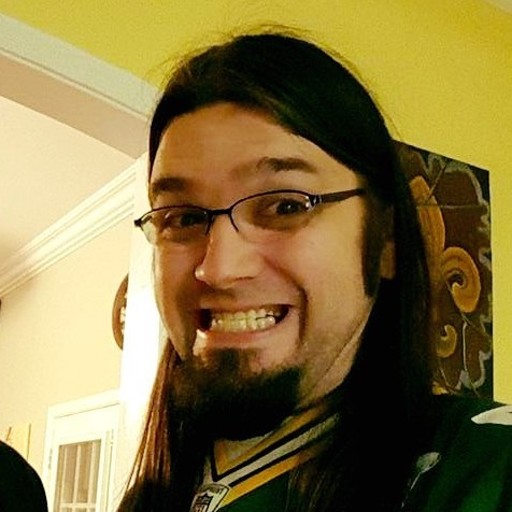
Nick is a Cajun Country native and an Assistant Managing Editor with a focus on TV and features. His humble origin story with CinemaBlend began all the way back in the pre-streaming era, circa 2009, as a freelancing DVD reviewer and TV recapper. Nick leapfrogged over to the small screen to cover more and more television news and interviews, eventually taking over the section for the current era and covering topics like Yellowstone, The Walking Dead and horror. Born in Louisiana and currently living in Texas — Who Dat Nation over America’s Team all day, all night — Nick spent several years in the hospitality industry, and also worked as a 911 operator. If you ever happened to hear his music or read his comics/short stories, you have his sympathy.

